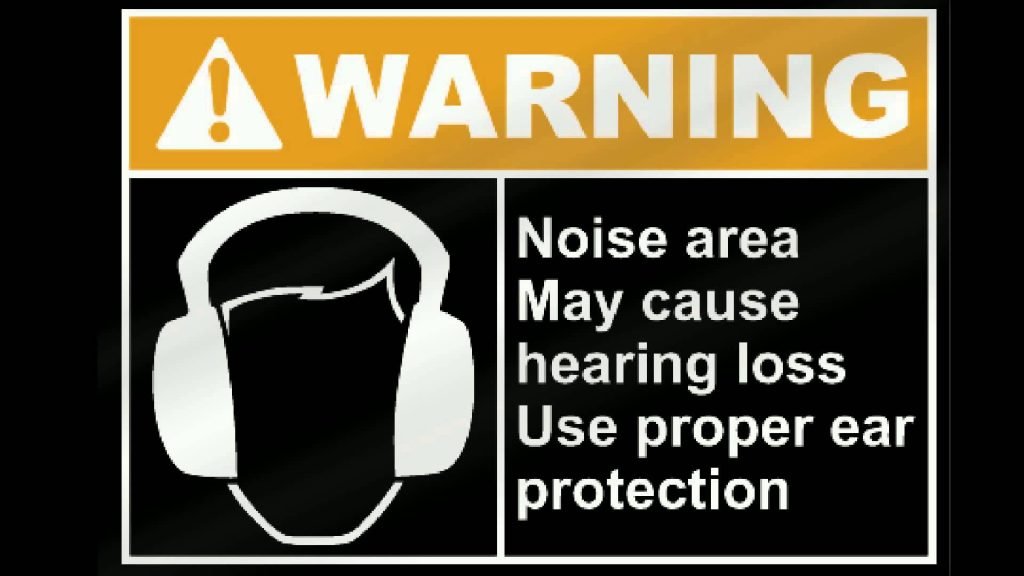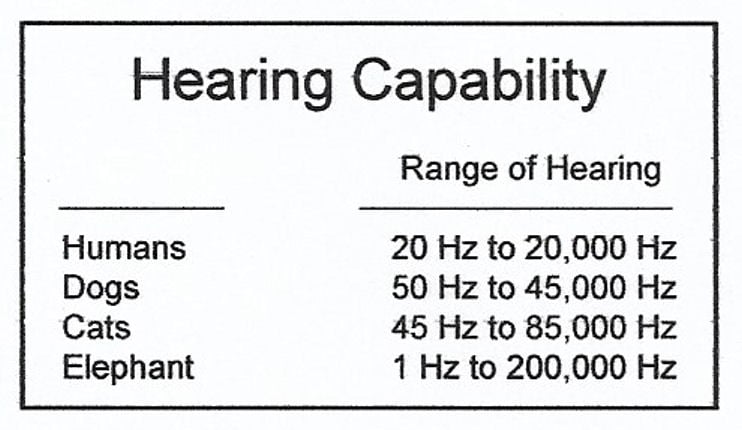
Government and academic investigators continue to probe reports from Cuba that, starting in 2016 and continuing through 2017, U.S. and Canadian diplomats and tourists may have been subjected to a “sonic weapon,” damaging their hearing, causing nausea, speech problems and potentially even mild brain injuries. So can sound be used as weapon? Or can it be used as spy device?
What is ultrasound useful for?
All kinds of things! The most commonly known use for ultrasound – high-frequency sound waves human ears can’t hear – is a medical device used for examining a fetus during pregnancy. But there are plenty of other uses.
Many offices have occupancy sensors that use ultrasound to detect movement and keep the lights on when someone is in a space, and off when nobody is around. These sensors operate at frequencies such as 32 kilohertz, far above what the human ear can hear – which is a range from 20 hertz to 20 kilohertz.
Other products use ultrasound to deliver targeted sound, for instance allowing a museum to play a recording for visitors in one area of an exhibit without disturbing others nearby. Electronic pest repellents use ultrasound to keep rodents or insects at bay.
A similar product can even be used to disperse teenagers; aging tends to reduce people’s ability to hear higher frequency sounds, so a noisemaker can annoy young people without adults even noticing.
Related product: Release muscle pain with ultrasound
What can go wrong with ultrasound?
Airborne ultrasound is not inherently bad. But things can go wrong. When electronics improperly convert the ultrasound into audible noises, then some can hear strange sounds.
Both ultrasound and human-audible sound can also affect electronics. For instance, carefully crafted ultrasonic signals can secretly activate voice-control systems, even unlocking an iPhone with a silent “Hey Siri” command, and telling it to make a FaceTime call.
Sound can also affect the physical world, as when a singer shatters a wine glass. Microelectrical mechanical sensing chips are susceptible to the same interference. Those systems can be attacked with sound, crashing a drone mid-flight, or fooling a smartphone about whether it’s moving.
Should people worry about ultrasound causing bodily harm?
It’s well-known that sounds that are too loud can damage people’s ears and hearing. However, there’s little evidence of ultrasound causing bodily harm without prolonged, direct physical contact at high intensity.
If you are accidentally subjected to extremely intense ultrasound, you could experience an annoyance like a headache or temporary loss of balance.
Academics disagree about safe levels of airborne ultrasound. The U.S. Occupational Safety and Health Administration warns of potential health risks from audible subharmonic byproducts of ultrasound, more so than the ultrasound itself.

Many animals can hear higher frequencies than humans. Dogs can hear higher-pitched whistles, for instance.
What might have happened in Cuba?
In early 2017, U.S. diplomats in Cuba reported hearing strange metallic sounds, and suffering hearing loss and other neurological harm. Later reports of similar effects came from Canadian diplomats and tourists from both Canada and the U.S. Possible explanations have varied: Some have alleged Cuba used an unknown sonic weapon, while others have blamed “mass hysteria.”
But the true cause could have been equipment trying to listen in on the diplomats’ and visitors’ conversations.
Scientists were able to use ultrasonic tones to create sounds like those that were described and recorded in Cuba. No single ultrasonic tone would do this, but as with musical combination tones, combining more than one can create audible byproduct sounds, including by accident.
Furthermore, the scientists created a proof-of-concept eavesdropping device that would record audible conversations and transmit the recordings to a nearby surveillance team over an inaudible ultrasonic link. When they placed a second inaudible ultrasonic device in the area, we were able to create interference – technically called “intermodulation distortion” – between the two signals that made similar sounds to those recorded in Cuba. They were even able to control the volume of the audible sounds by varying the strength of the ultrasonic signals.
Although they didn’t try to harm people, the Cuban officials most probably used ultrasounds to spy on US, Canada and Us citizens. [The Conversation]
Now subscribe to this blog to get more amazing news curated just for you right in your inbox on a daily basis (here an example of our new newsletter).
You can also follow us on Facebook and/ or Twitter. And, by the way you can also make a donation through Paypal. Thank you!












There was a guy in may family named Loomis who was sort of a scientific dilettante with a lot of money. One of this early pursuits was attempting to kill fish with ultrasound and he ended up running the radar lab at MIT during WWII. Since then, ultrasound has been used to break up kidney stones, kill algae, and to cause heart arhythmia in some humans. Given all that, I’d be surprised if it couldn’t be used to kill any animal, though I couldn’t venture a guess as the how quick or reliably it would do it .
Duhhh yes.
Sound can please and it can Kill.
In between it can cause numerous problems for the Human body.
That 5 second recording sounds like tinnitus.
[…] article source […]